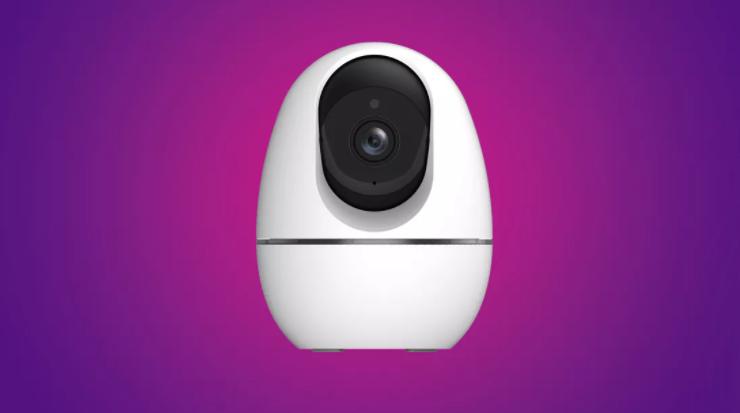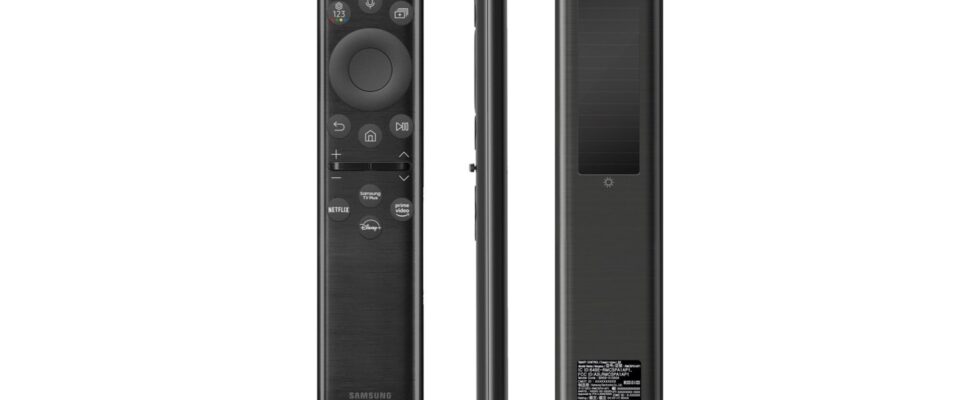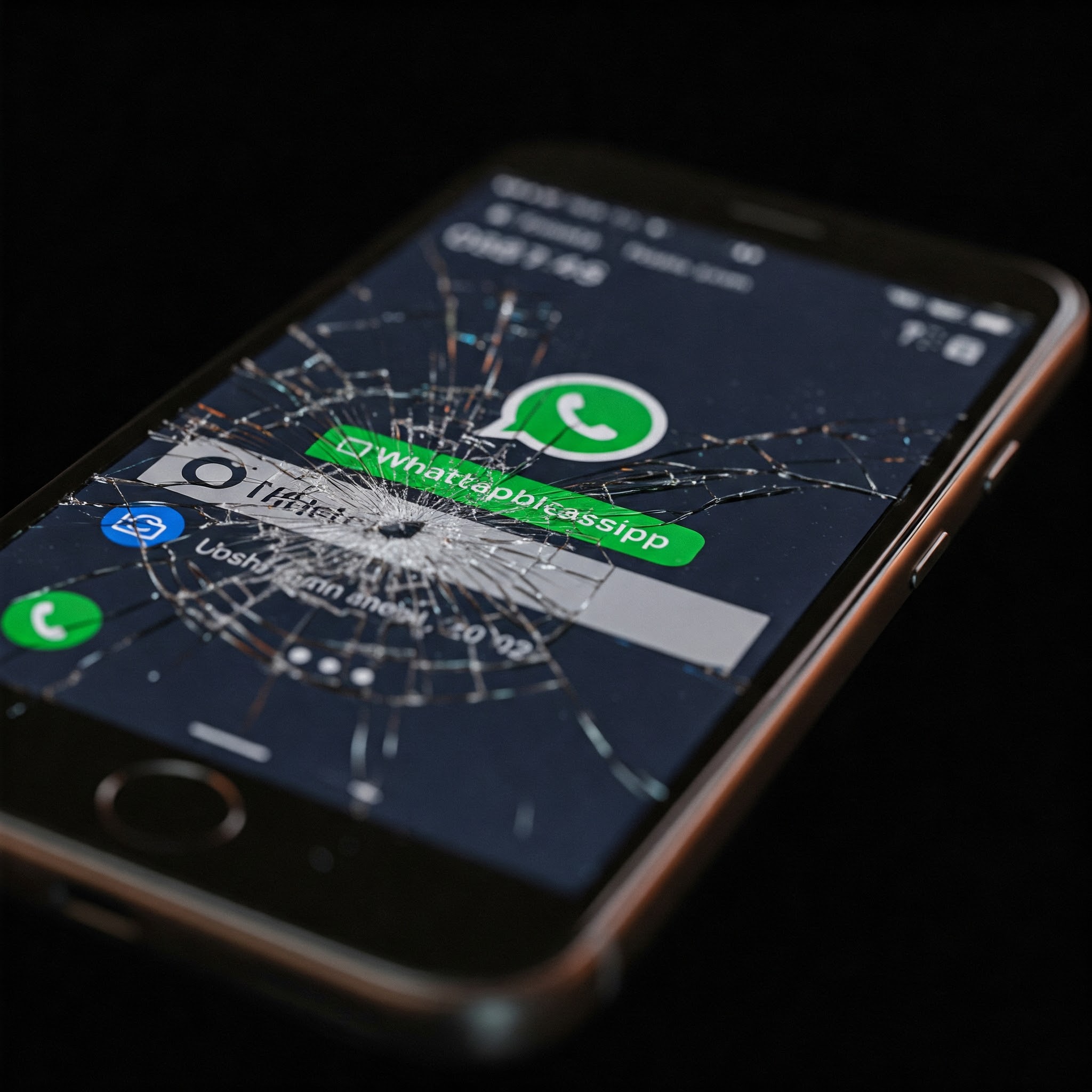Back in 2021 Samsung released some impressive QLED TVs. However, the TV remote controls that came with those TVs kind of stole the show. Those remotes had little solar panels on the back and lacked a slot for the removable AAA batteries we are used to.
Instead, they had rechargeable batteries that could be charged using the free sun. Also, impressively, the little solar panels on the back were so effective you could charge those bad boys using indoor light. The moment you switched your lights on, the remote got all the juice it needed.
That was cool but apparently not cool enough for Samsung. At 2022’s Consumer Electronics Show in the US, they made further improvements to this eco-friendly little remote. The solar panel remains but now, also included are radio frequency (RF) recovery capabilities.
Meaning the remote control collects radio frequencies from WiFi routers or other devices outputting electromagnetic waves in the required frequency. A convertor inside the remote then converts the waves into direct current (DC) which is then used to charge it.
It’s all neat, LED lights and WiFi routers charging your remote control. What’s not to love?
Samsung estimates that the move to such eco-friendly remote controls could result in the world avoiding about 100 million discarded AAA batteries in seven years. To me, that’s just a bonus on top of the convenience of never having to buy batteries for the remote. So long Energizer.
There is still room for more innovation. Samsung says they could also “harness the kinetic energy created when the remote control is shaken.” Or “use the vibrational energy created when the microphone picks up sounds.” The day of the AAA battery in TV remotes is almost over.
Long-distance wireless charging
By now most of us are familiar with short-range wireless charging. Most flagship phones released in the past few years have this feature. You just set your phone down on the pad (most likely using the Qi standard) and voilà – the phone starts charging. No cables involved.
Personally, I don’t find it that useful because the phone has to sit on that pad the whole time. So, using the phone while it charges becomes a bit of a pain and is much more inconvenient than when using it while it’s plugged in.
Imagine if you could charge your phone using radio waves and light like the Samsung remote control. Then your phone wouldn’t need to be sat upon a charging pad. You could be lying on your side on your bed whilst your phone topped itself up. That would be long-distance wireless charging and that tech is upon us.
Let’s not get too excited though. We are still far away from being able to charge devices like phones using this long-distance wireless charging. It’s still only useful for low power devices like the remote control. However, this year the tech is reaching new heights as we will be seeing actual devices go on sale that are charged this way.
Several companies will be releasing security cameras, hearing aids, smart doorbells, pet trackers, air monitoring sensors etc. Therefore it’s going to be easier to keep the smart home topped up, all without wires uglifying the place. Most internet of things devices tend to be low power devices and so will be candidates for long-distance wireless charging.

This security cam by Ossia will be coming out later in the year. It can be charged wirelessly form a ‘long distance.’
The bleeding edge will cost ya
Of course, these being early days for this tech, you really have to want the no wire aesthetic that bad cause it will cost you. You gotta be willing to shell out US$200-300 for the charger (transmitter) to enjoy never having to deal with wires or AAA batteries.
I think I’ll give the tech another decade for prices to fall to reasonable amounts. Then i’ll jump on this tech as I predict it will be good enough to charge phones by 2032. You can take that prediction to the World Bank, I’m good for it.
For now, wired fast chargers for my phone will have to do. After all, I’m not exactly living in a smart home.














Comments
One response
Personally, I was taught to chew the batteries to get more power out of them, but I appreciate that this thing won’t add yet another RF blasting device into homes😂. I once saw a technical breakdown of a room-wide wireless charger prototype for a phone that needed to use hundreds of watts just to get an effective charge rate of about 5watts, IIRC!